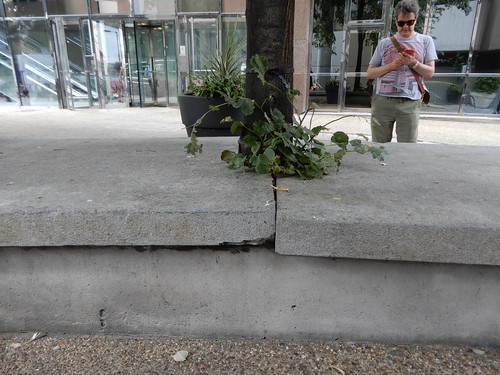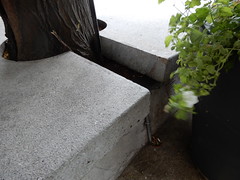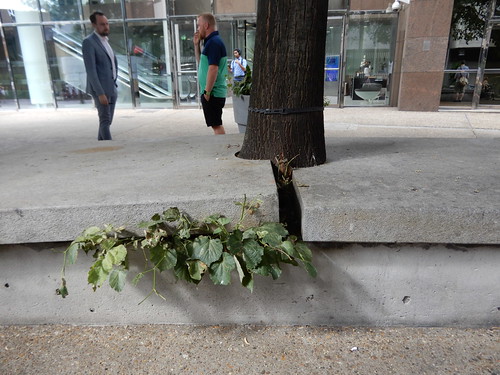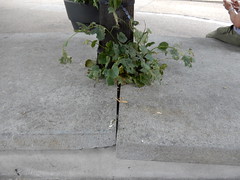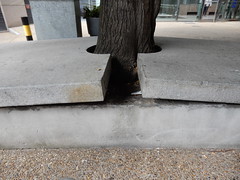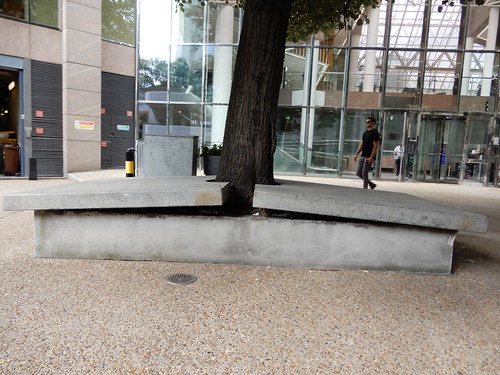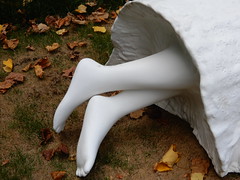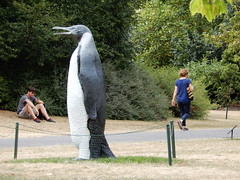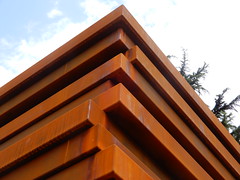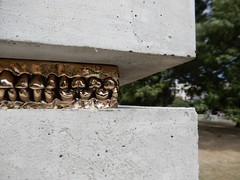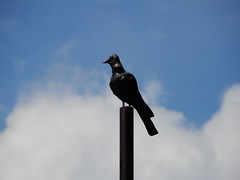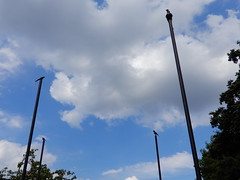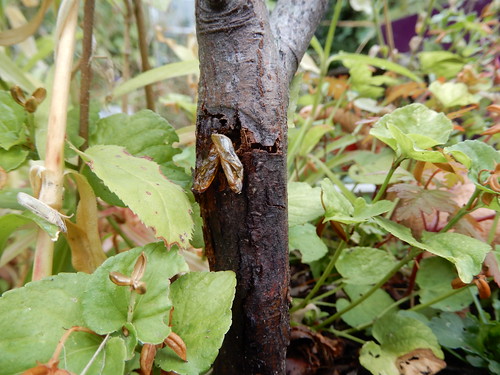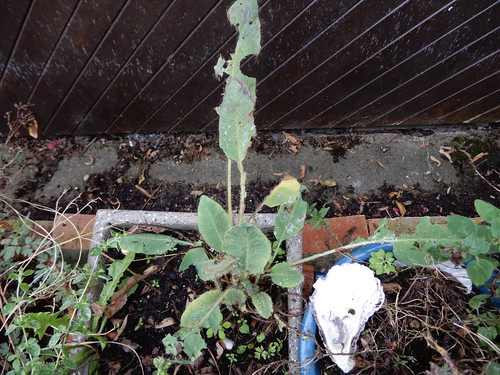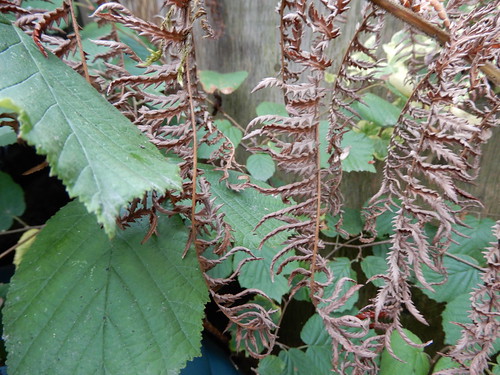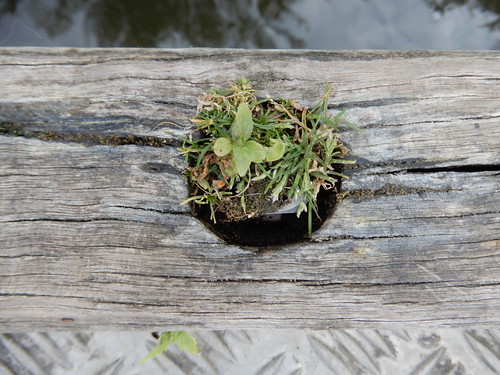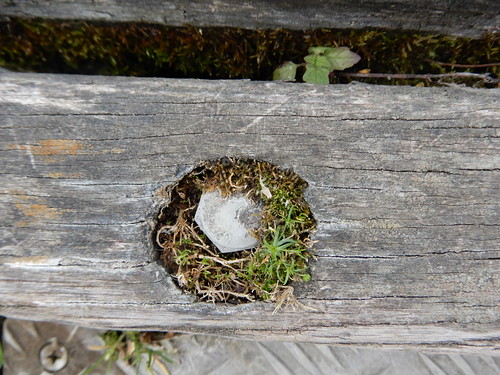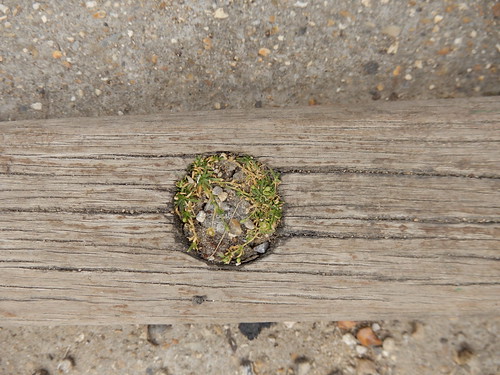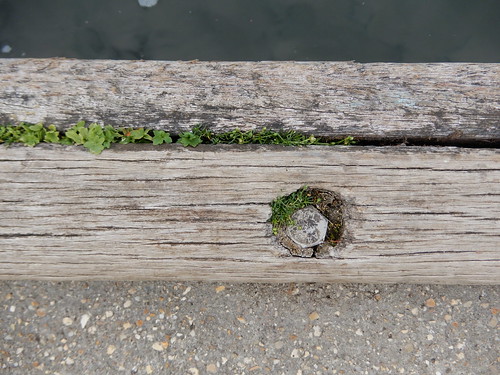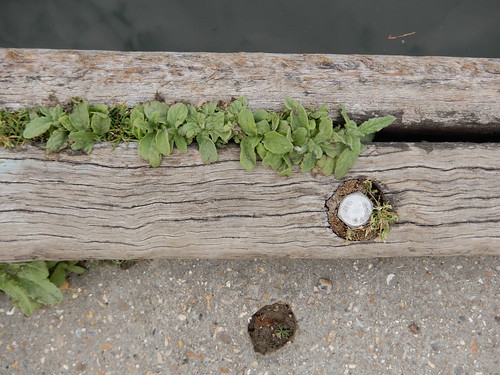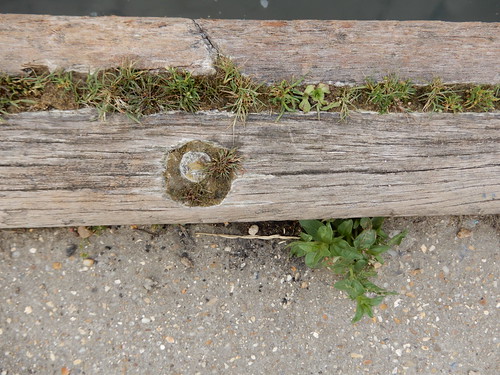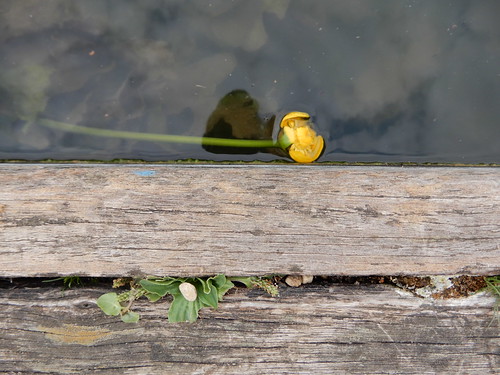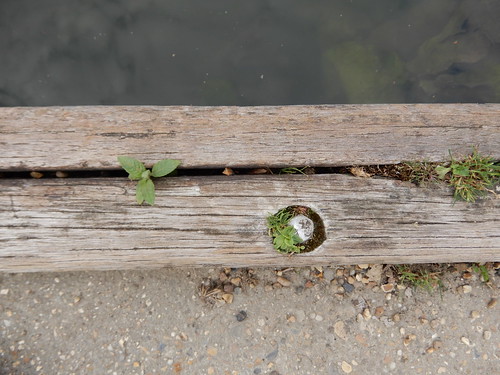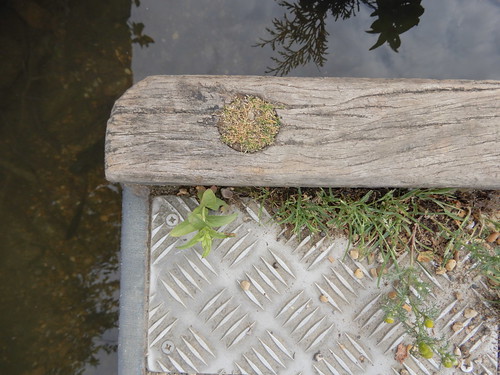Not everything hated 2018. Check out these two cheerful types:
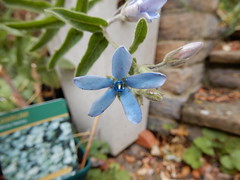
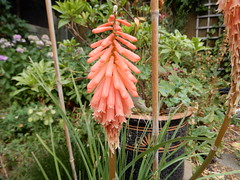
The blue thing is one of my Tweedia seedlings (potted on into a pot a Lamium arrived in, which I didn't bother to de-label - the Lamium probably died under the bindweed, I've not checked yet) and those have all flowered and set seed this year, so the great Tweedia experiment can continue. With its slow growth habit, twitchy tenderness and sparse flowering, it's not exactly a gardener's favourite, but nothing has as stunning a sky blue, so I will persevere in teasing it into usefulness in my garden. Kniphofia (this variety, Timothy, is more of a lukewarm poker than a red hot poker) won't grow in my heavy soil but has a riot in the pots when the weather is warm.
But this loss stings: my Winter Savory died.
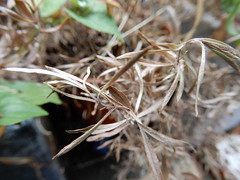
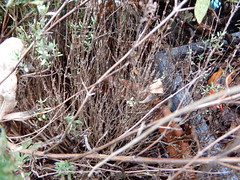
There were substantial losses and degradations along my culinary shelf (pots of herbs kept conveniently close to the kitchen). Savory is an unfashionable seasoning, but one I don't like to be without (nowadays the
internet provides, but I remember questing for it through Cowley Road's multifarious delicatessens with persistence and futility) and the fresh leaves of the winter herb - more pungent, greener, and with that proper savoury bang - are a pleasure and a joy in cocktails, fries and stews alike. I shall have to
rebuy, but it's hard letting go of an old herb plant. They grow slowly when confined in a pot, and I've had this one for years. As you can see, I'll also have to replace that Thyme, but Thymes go every few years anyway, and there's always a new cultivar to try.
I've already spoken about the
carnage wrought amongst my tender fuchsias by the late frosts, but let's round up what happened to the hardy ones:
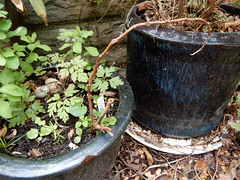
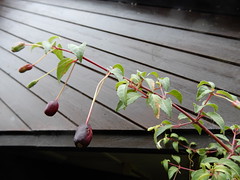
That dead stem is - or rather was -
Fuchsia Space Shuttle. It's fairly hardy in the border, but big, so I'd been dwarfing it in a pot. Which froze through, completely, for a week, killing it. That'll be a challenge to replace. All the other fuchsias sprinted straight to fruits - that's ultra-reliable
Delta's Sarah there, exploring its berry producing potential. Fuchsia berries are edible, but taste like boarding school jam and do not have the same prettiness as the flowers, so I spent a lot of time picking off fuchsia fruits to restimulate flowering this year, with mixed success.
Even my "wet bed" (which is pretty much on the spring line) had a dry year. Look at the rust on the withered
crocosmia, a plant which should be able to tolerate nigh-everything.

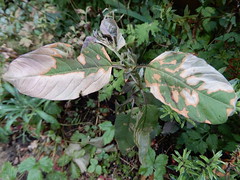
That final picture is from a plant new this year which will not be coming back. It never found any available water in the bed (the wet bed, ha ha) and so it limped on for months, essentially drinking the cold tap-water I put over everything regularly. That leaf damage is what you get when a plant tries to live like that, and is essentially why, some years, you just are not able to water enough.












